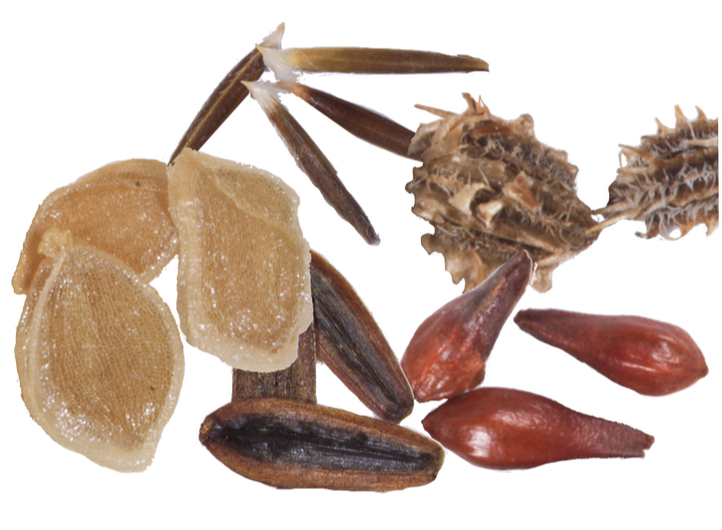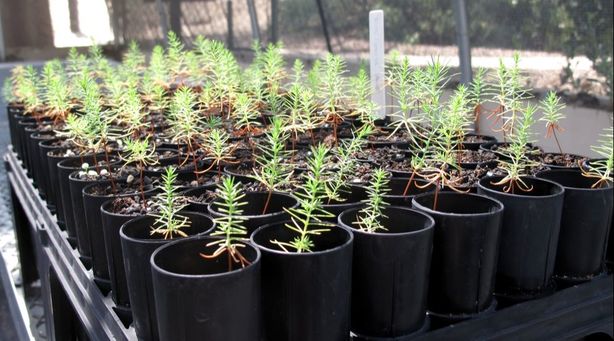If you are interested in conducting research using the plant material in CaPR institutions' collections you can contact the botanical institution holding the material as listed in our public collections database or use the Contact Us form on this website. Many of the institutions are open to sharing material in their collections, provided certain conditions and a sufficient amount of seed is available. The holding institution may not hold the determinative rights of the collection, but will notify the correct entity. Additionally, species that are state or federally listed will require permits from the U.S. Fish and Wildlife Service and/or the California Department of Fish and Wildlife.
Seed Research
|
Research on seed viability and germination cues is important to maintain seed collections and learn about the species for recovery efforts.
Some seeds enter dormancy or require specific environmental cues in order to trigger germination. Different pretreatments applied to the seeds help us discover what seeds require to germinate. This information can help us determine the most effective germination method and develop protocols that will enable us to make the most of our collections. For instance, fire is a major part of several California ecosystems and many native plant species germinate following fires. The trigger, and therefore treatment, however, might not be so straightforward - either smoke or heat (or both) may be needed for optimal germination. Research helps determine these needs. Germination trials are also used to help monitor the viability of the collections over time. Though many seeds can last decades or potentially longer, not all can. Monitoring the viability of collections helps us prioritize recollection of a species or the need to grow out plants from stored seed to collect the next generation of seed. |
Propagation
|
Whether from seed or from cuttings, fine-tuning propagation methods for a species is necessary to ensure collections thrive ex situ or can be grown for a return to the wild. Growing plants, especially rare plants that are struggling in the wild, can be a challenge. Each species has different requirements and the nursery environment provides challenges different to those faced in the wild.
|


